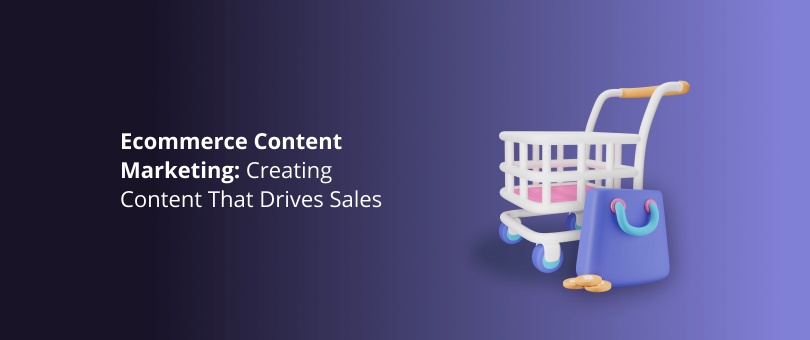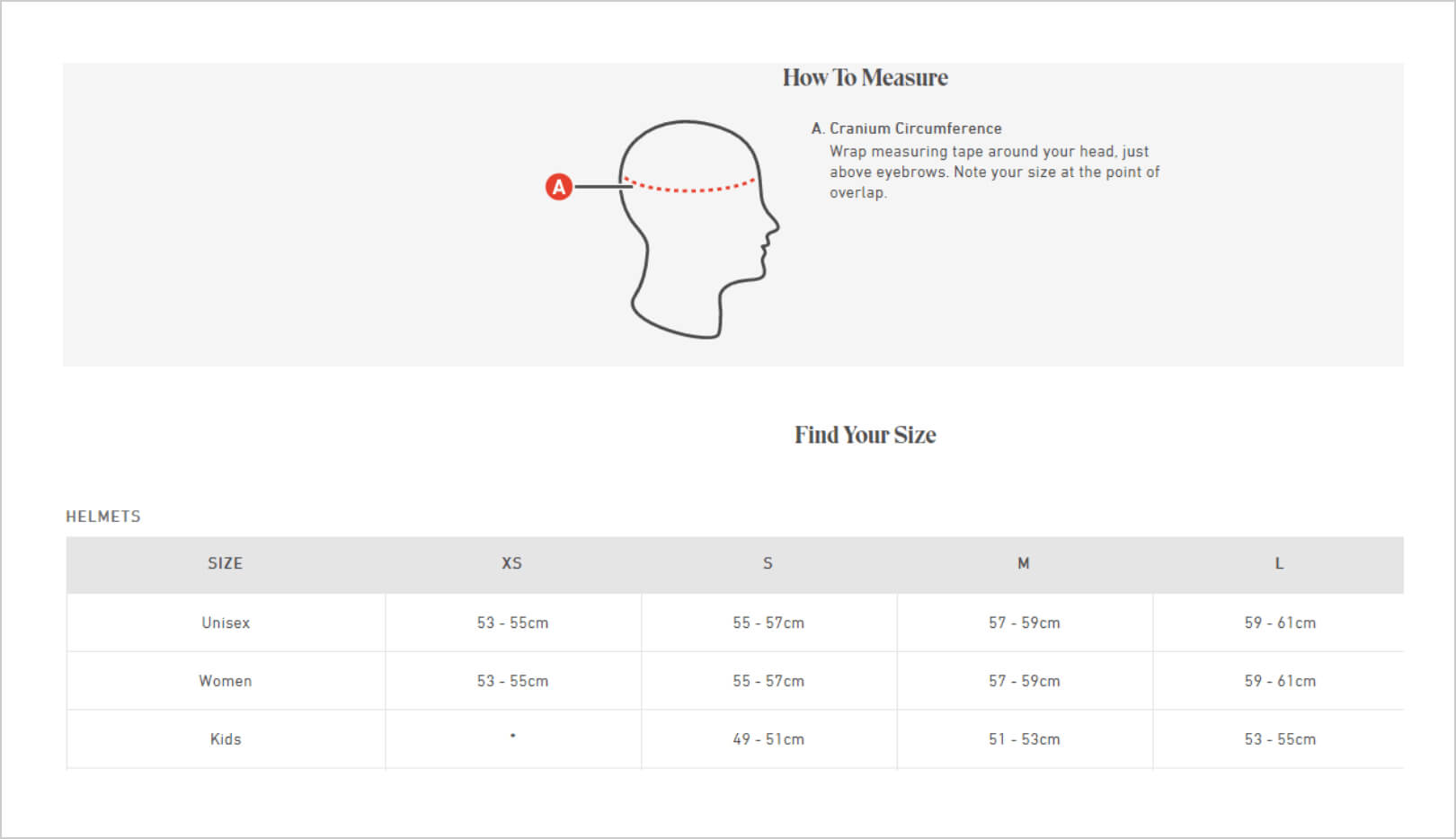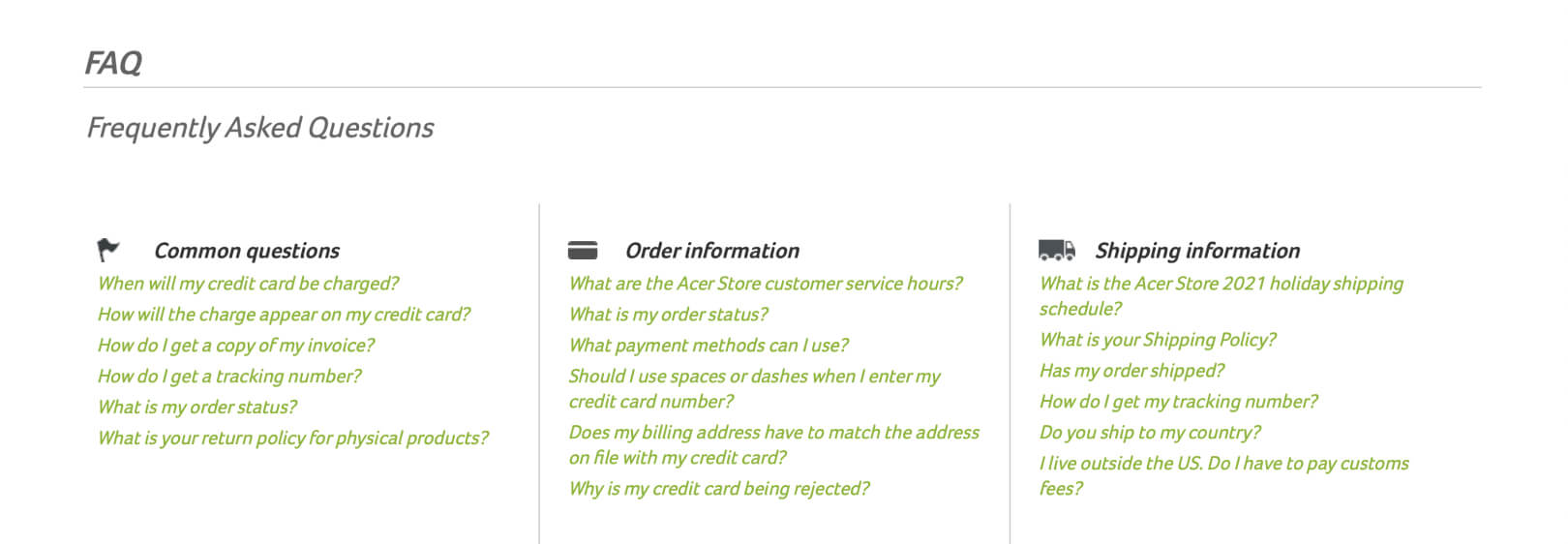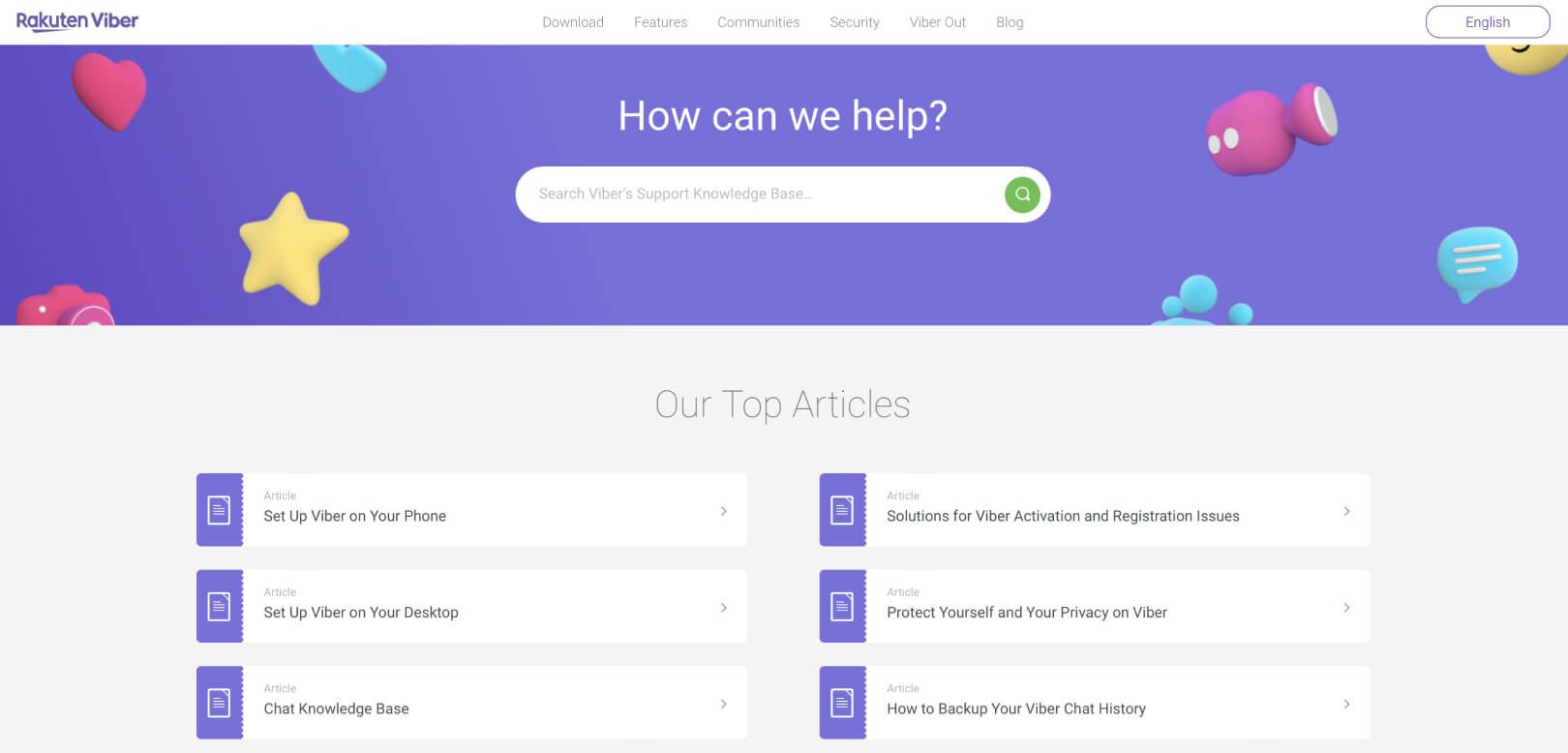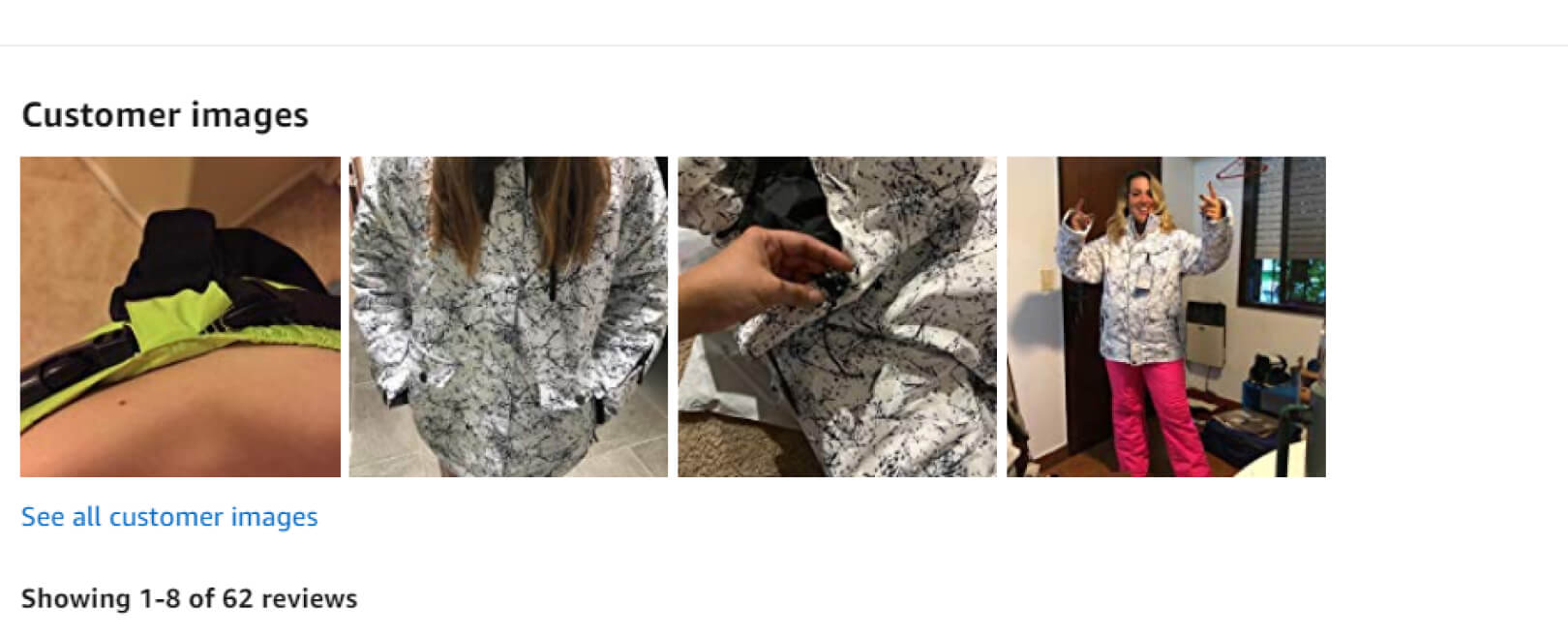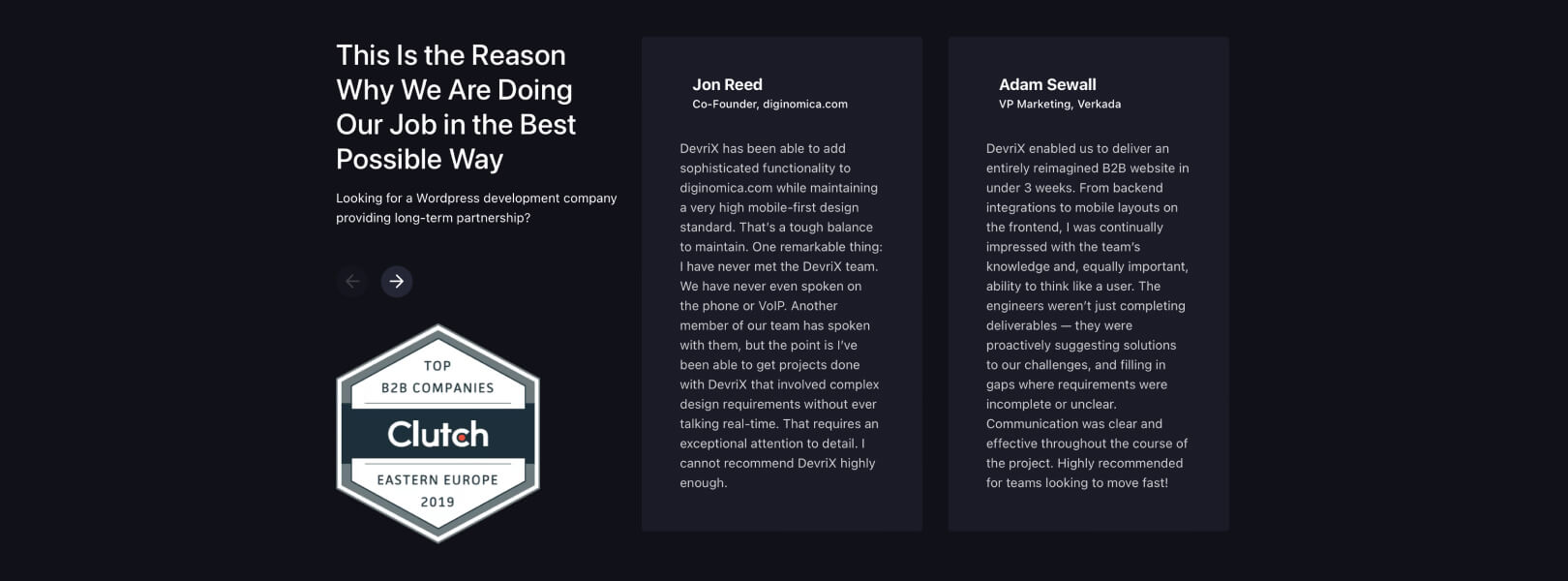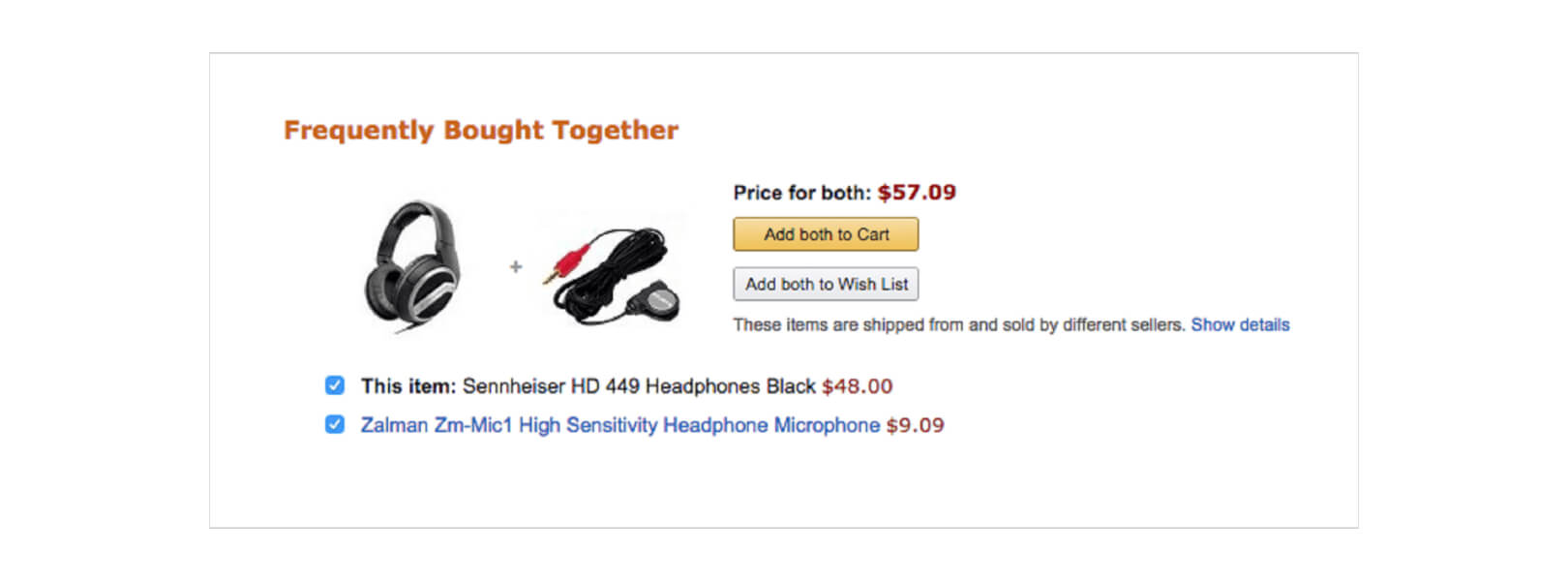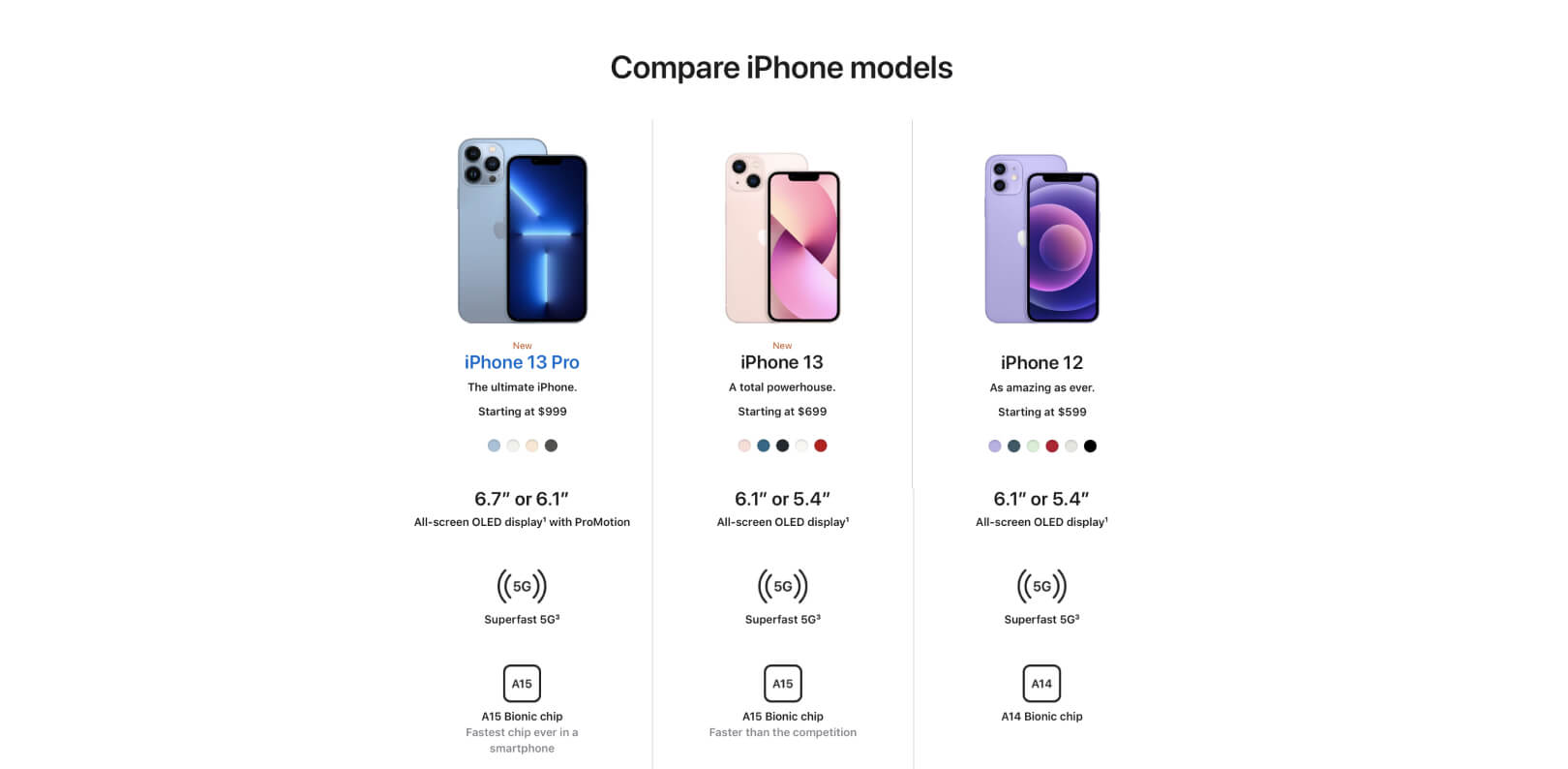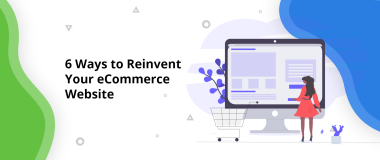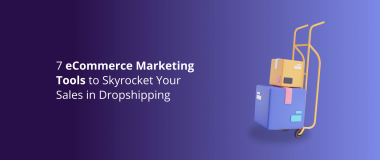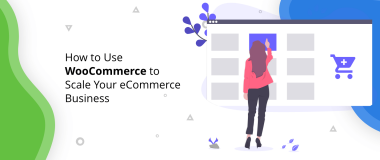Do you sell products or services online? Do you want to increase your conversions and turn your website visitors into customers? If the answer to these two questions is positive, a content marketing strategy specially oriented for eCommerce would help you out.
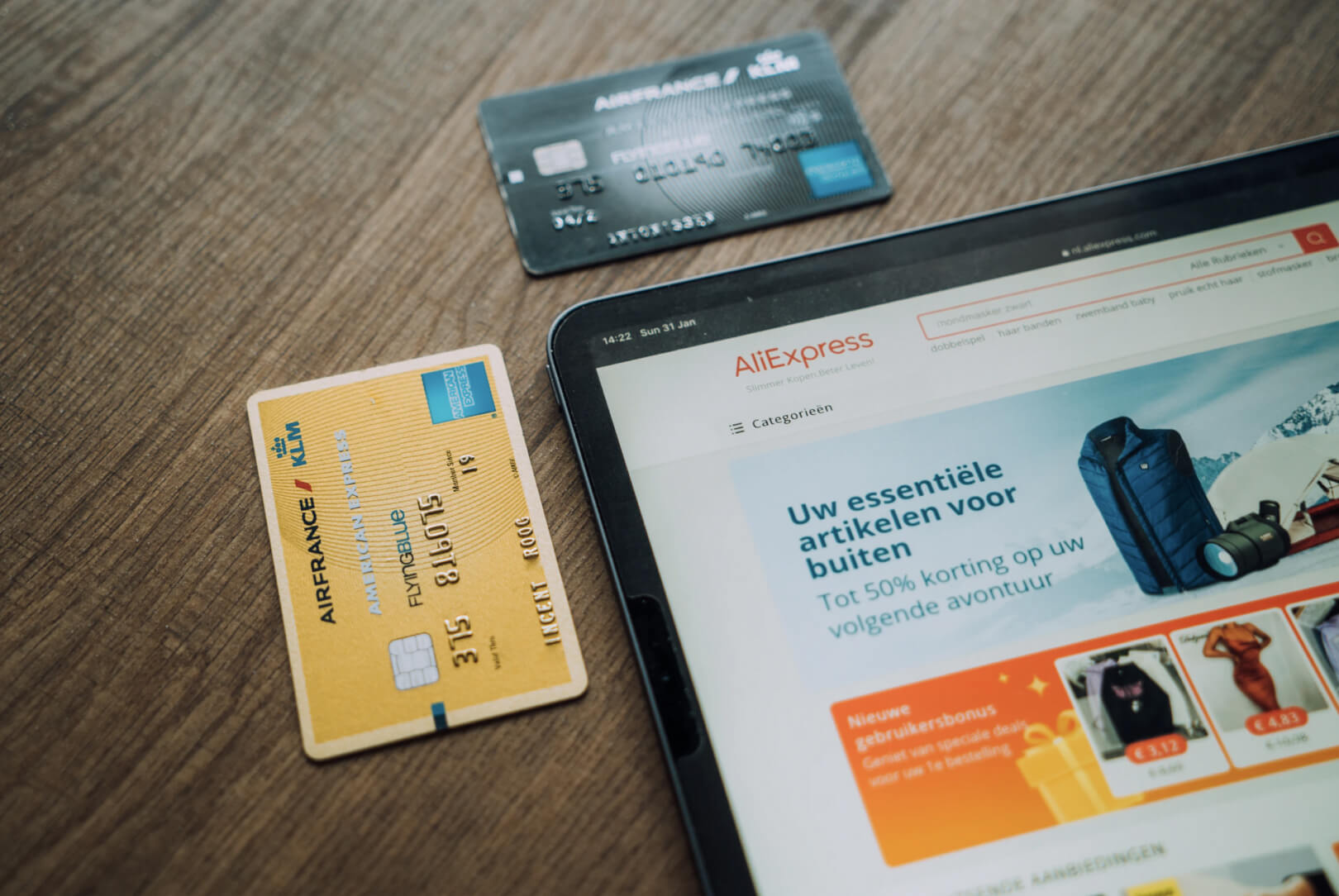
The main advantage of content marketing in comparison to paid advertising is that you create value for your website visitors. Distributing free and useful content for your customers is great because you educate them and show you care. In fact, content marketing receives three times more leads than paid search advertising.
But just publishing cool stuff and entertaining your customers will not increase your sales. Do your customers actually buy from you after reading your blog posts? Is your content marketing strategy for eCommerce designed to sell your products?
In this article, we will focus on eCommerce content marketing strategies. We will help you turn your content marketing tactics into a powerful sales instrument.
A Content Marketing Strategy That Drives Sales – Where to Start?
Defining your content marketing for eCommerce is something that you should put enough time and effort into. Powerful content can help increase your leads and conversions and thus, you should make an effort to brainstorm with your marketing team to produce a strategy that will help you reach your goals. Read on to find out how you can start planning your brand’s content marketing strategy.
Define Your Buyer Persona

First, you need to know and understand your buyer persona’s problems and how you can solve them. If you have figured out your ideal buyer profile, you can personalize your content, making it relevant for your audience needs and later turn them into a customer.
You can’t connect and build a relationship with your customers if you don’t know who your customers are. This is like buying a birthday present for your friends. If you don’t know your friends – what are their likes, needs, hobbies and interests, how do you expect to surprise them with a nice present?
Determine Your Goals
Always define your goals and the way you can measure them. Thus, you will track your performance and achieve your goals. Or if you don’t achieve them – find out why and change the part that doesn’t work for you.
Which goals do you need to define in the context of Content Marketing driving sales? For example:
- Increasing the sales from blog posts.
- Getting more subscribers to your newsletters.
- Increasing the “Add to cart” if you are an online shop or signing up for a free trial if you sell services.
- For services – increasing the “Upgrade your plan” services.
- Reduce the percentage of cart abandonment.
- Focus on customer retention. Not only can this help reduce your overall costs, but it will also help increase your chances of getting referred by your current buyers.
- Pay attention to your retargeting efforts. Communicate with the people who have paid attention to your content in the past. Encourage them to pursue their purchase by showing them the most relevant ads.
- Work on increasing your brand authority. The more people see that your business is thrust worthy, the more they will be inclined to buy from your company and refer you to their loved ones.
Here is a related article that will give you some ideas on how to optimize your checkout process for conversions.
Create Content for the Whole Customer’s Journey
The customer’s journey is the next important point of your content marketing plan driving up sales. Usually, people don’t just wake up and buy stuff. They generally go through a long process before they purchase or subscribe to your services. This means that you need to plan your content for each phase of the customers’ journey.

What are the steps your eCommerce customers follow in order to buy from your website?
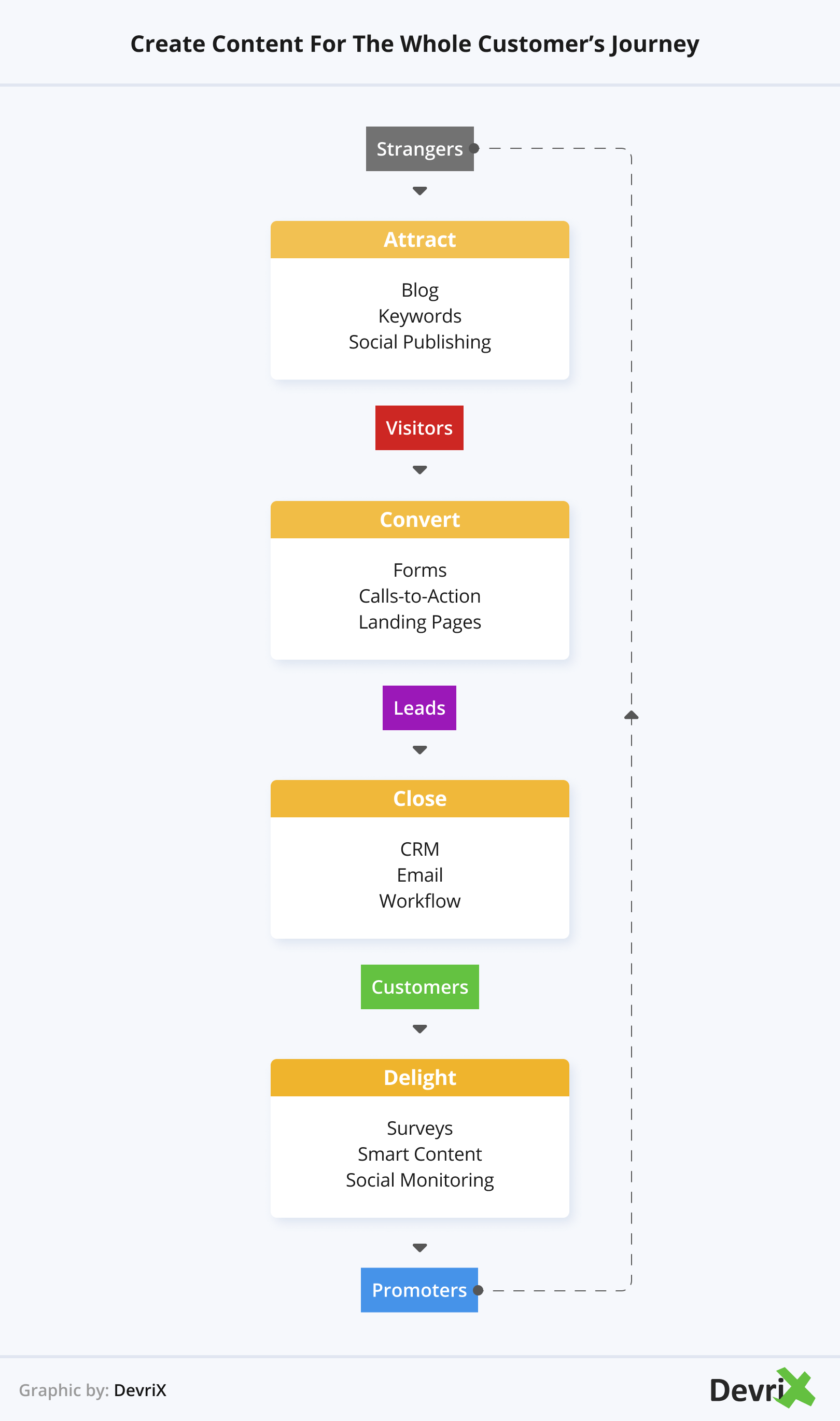
Attract
The statistics show that 47% of buyers view 3-5 pieces of content before deciding to buy – this is the step where you can attract them to your site. First, they realize they need something. For example, a new coffee machine. Then they start researching online. They don’t buy the first item that pops up either. While they are researching, you could show them a cool blog post on how to make a perfect cappuccino at home with the coffee machine you are selling.
Convert
The call-to-action is not that necessary when buying but could be for subscribing to your newsletter. Here, you can collect the customers’ emails and let them know that you have a promotion coming soon.
At this moment, the customers are getting to know your brand, but that doesn’t mean they will buy from you. They will probably go to work and forget about needing a new coffee machine.
Until the next day when they wake up and remember that they need to make coffee. And so, they’ll start browsing once again for the perfect coffee maker. Maybe, by the end of the week, they have decided on a few options and will now compare the products that they have found.
What types of content could you use during this phase? Reviews from happy customers on your landing page would help. Or an FAQ section on your website where you shed light on all your customers’ possible questions – shipping, warranty, payment methods, etc.
Close
We’ve finally got to the purchase. You have made the sale. Do you think this is the last step in your customer’s journey? It is good that you sold your coffee machine. But there is more you can do. As we have mentioned, retargeting and customer retention should be done to keep your customers coming back for more.
Delight
It would be great if your customers came back to your site and bought again, or tell their friends and family about your brand.
This is the moment where you can ask your customer to leave a review, and if this review is good, you can use it for the next customer who is considering buying from you.
Related: Social Media Strategies for E-Commerce to Boost Your Lead Conversion
How to Create Content That Drives Sales?
Building an eCommerce content marketing strategy is not that difficult. Let’s have a look into eight good examples of content created especially to drive more sales.
1. Provide Detailed Information About Your Products – Use Charts, Videos, or FAQs
Depending on the products you are selling, you can create an FAQ section about particular items. For instance, think about similar questions:
- What size is the product?
- How much does it weigh? Is it heavy?
- Does the product arrive disassembled?
- Will the product fit in the trunk of my car?
- Can I collect the order myself?
Another way to provide information about your products is to create size charts or infographics.
Another way to give your customers details about your product is to create a video. There are products that need a special set up and a video would work better than a written guide.
Related Article: Top Eight Video Advertising Trends to Profit From in 2020
If you are selling software, make a video tutorial on how to install it. Or if you’re offering camping equipment – explain to your customers how to set up their tent with a video.
The “How to” type of videos are extremely useful if your products are suitable for this kind of content. It creates value for your customers and helps them out when they are in a difficult situation. These types of videos work well, not only for your clients but because they also help other people discover your brand.
2. FAQ Section on How Your Website Works
Why is it important to have such content on your eCommerce website? The FAQ (frequently asked questions) section will help your customers understand how your online shop works by giving an answer to their most common questions.

The FAQ section solves future misunderstandings with your clients. Think of all the times you wanted to buy something from a website, you went through all the checkout processes, you were just about to pay, and then you saw that the shipping cost more than the actual product. Logically, you’ll likely abandon the website and you may never come back.
To avoid this happening on your website, create a detailed FAQ section answering possible customer questions.
How can having as much information as possible on your website drive up your sales? Think about the statistics – 55% of people abandon their carts, because of unexpected costs. This is even a bit more than half of your customers. By making it clear to your customers how much they are going to pay for shipping and any additional fees, you will win their trust and they will buy from you again.
3. Downloadable Content Related to Product Usage
You can create PDF content and ask your visitors for their email addresses to download it. After that, you can send them the PDF via email. The idea is not to make it difficult for guests, but to collect their emails. Thus, you will gather a database of potential customers or leads that you can send out your future sale proposals to and inform them of promotions or new products you are launching.
4. Newsletters
Once you’ve collected a customer database, you can start sending newsletters out. You can create different campaigns depending on your business model. If you have an online shop you can inform your subscribers about your new products or about a sale coming soon.
If you provide a service, you can emphasize on a free trial option or upgrading their plan. Apple provides its subscribers with their favorite music online (or offline) free for up to six months. And bonus – they also offer personalized music recommendations.
When crafting and sending out newsletters, don’t forget to add the call-to-action button. Check the above screenshot. The call-to-action button is the red button with “Try it free”.
If you use Mailchimp for your newsletters campaigns, this article will give you tips on how to ensure that your emails reach your users.
5. Organize a Webinar or Online Course

A great way to engage with your audience is to invite them to participate in your webinar or online course. The webinar can have different forms and goals:
- An informative presentation about your new product.
- Educational presentation.
- Workshop.
- Seminar.
- Discussion.
- Tutorials.
- Restructuring and rebranding updates.
You will have a chance to gain recognition as an expert in your field and the customers will trust you.
If you decide to do a webinar, do it right. Check out this tutorial which will give you useful tips on how to create your super useful and successful webinar.
6. Share Your Customers’ Reviews and Stories
If you have received excellent reviews from your customers, don’t think twice about sharing them. If you sell swimwear and a customer tags you in a nice Instagram story about swimming with dolphins – ask for permission and share it.
When selling online, customers can’t view, touch, test or smell the product, it is normal that they’d want proof that the products are good.
People are more likely to buy a product online once they have seen that other people have bought it and are recommending it. In other words, customers need social proof that the product they are considering buying is worth the money.
Imagine if you have two brands – one with lots of positive reviews on the landing page and one without. Which one would you choose?
7. Tell Stories
People love everything about stories – from telling them to listening to others tell them. Storytelling is special because it touches people’s emotions.
More and more brands have discovered the power of storytelling. They use stories to express their brand values and to connect with their audience. A good brand story should be told in such a way that your customers will relate to you.
Have you ever purchased a product because you liked the story behind it? If your customers feel like they are part of your story they won’t only buy from you, but also they will share it.
Example: Dove sketches campaign. It shows the difference between how we see ourselves and how other people see us.
To increase your audience engagement while telling stories, read this article.
8. Try complimentary selling and product comparisons
This is a simple and effective tactic to cross-sell products. This selling practice aims to sell more products in one transaction by offering related or complementary items.
How does complimentary selling work? For example, show the customers who are buying a ski jacket that you can offer a waterproof spray as well.
What about comparisons? This is a great way to help your customers out when they are trying to make a decision between a few products.
Wrapping up
To create content that drives up sales you need to consider a few things. Start by defining your buyer persona if you haven’t done it yet. Next, think of your website visitors’ journey and how visitors can convert into customers. Plan relevant content for each stage of your customers’ journey.
Go ahead and use some of the content examples we have listed here like adding creative and useful charts to your products or adding “how-to” videos. Check if you have a detailed FAQ section on your website and if not – start working on one.
If you are struggling with your WordPress website, we can provide you with technical, business development, marketing, or support services. Drop us a line and say hello.
